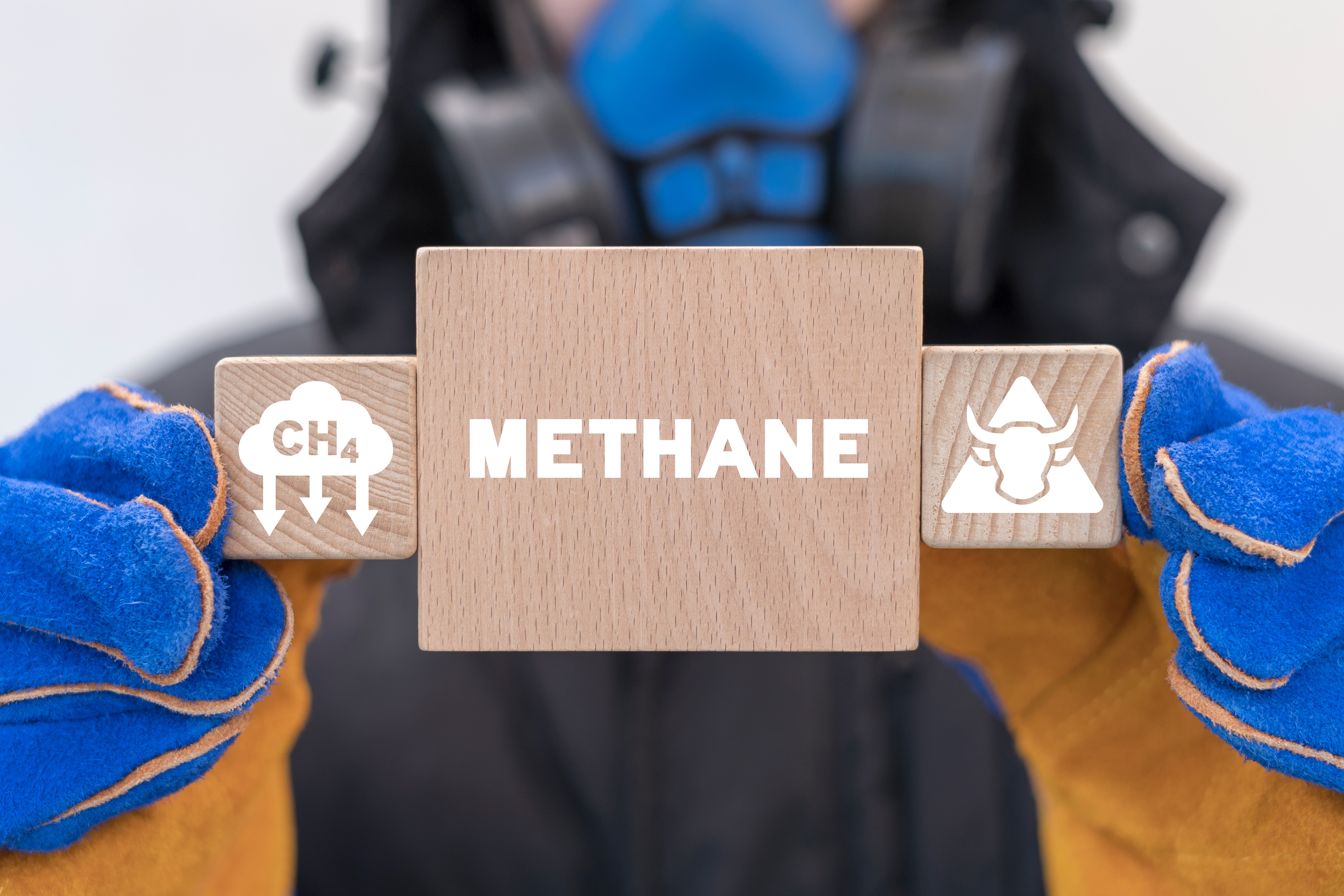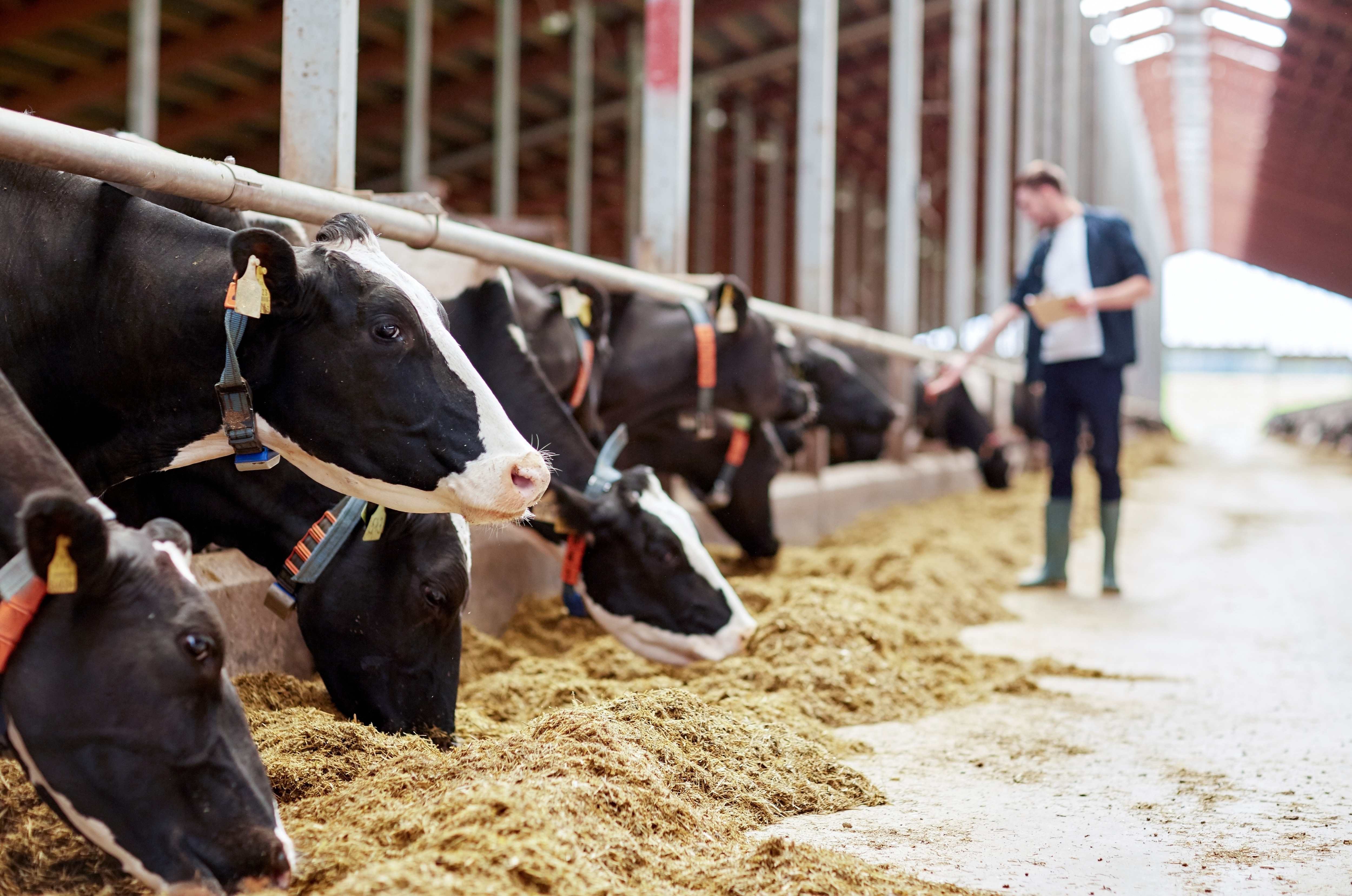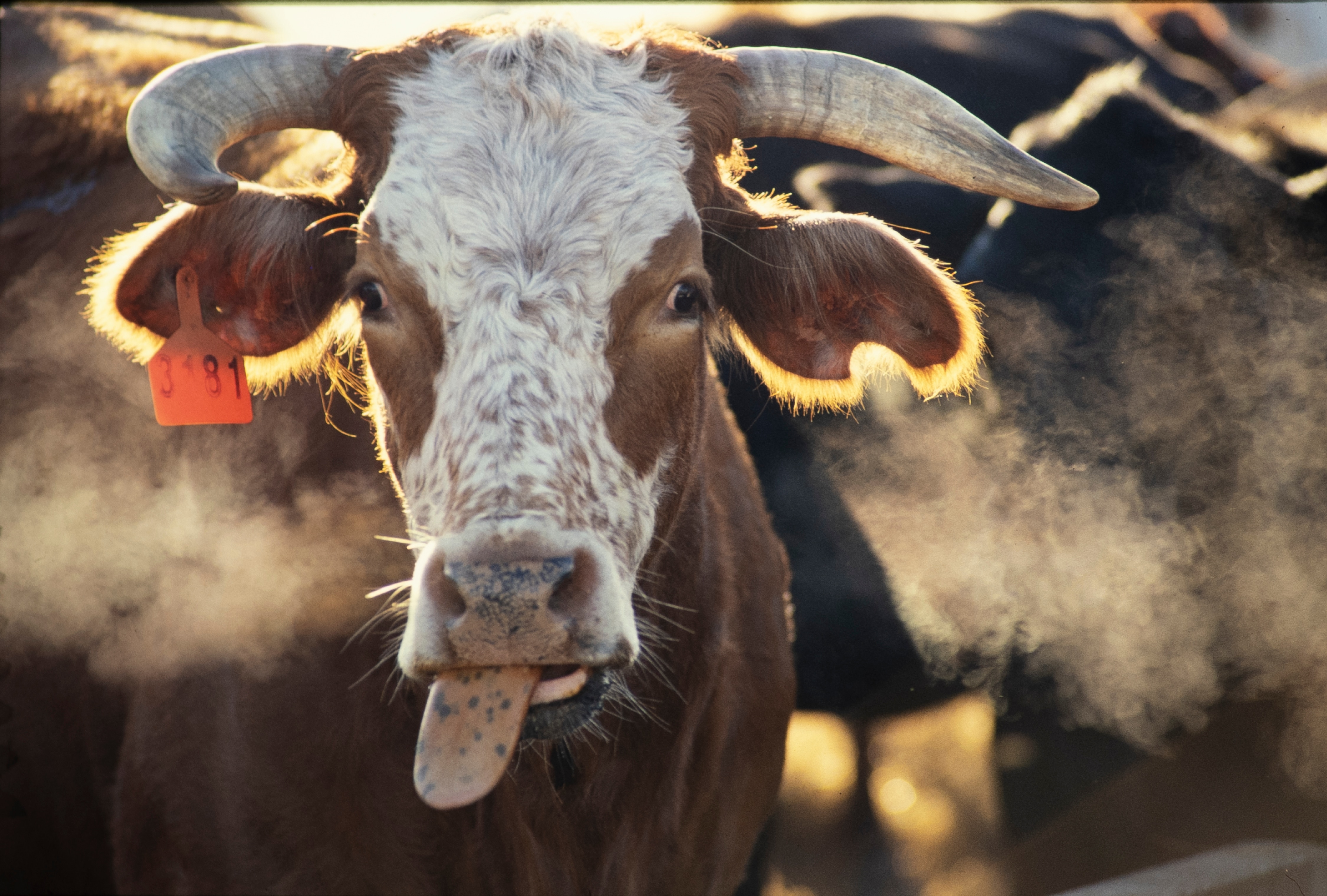Reducing Methane Emissions in Agriculture

Livestock inevitably emit methane. In livestock farming, cattle account for the largest share of this. In this article, you will learn how the LGD Compact laser gas detector from Axetris can help reduce methane emissions in livestock production.

In early 2023, Bill Gates therefore invested in the Australian start-up Rumin8, which specializes in methane-reducing feed for ruminants. Rumin8 uses naturally occurring compounds that have a reducing effect on methane. These compounds are then produced inexpensively as dietary supplements so that they can be used widely in livestock production. However, there is no patent recipe for the perfect mixture, because with cows it is like with people: Your digestion reacts individually. That is why it is important to develop the ideal feed and feeding concept for each cow.

In such feeding systems, the respective cow is identified by means of a chip. During feeding, the gases emitted by the cow are then measured. In this way, the influence of a feed change can be determined directly. In addition to methane, other gases may be present in the breath of cows. Carbon dioxide, in particular, is close to methane in the infrared spectrum and usually leads to cross-influence. The TDLS (Tunable Diode Laser Spectroscopy) technology used in the LGD Compact avoids these interferences. The narrow-band diode laser scans the gas absorption lines separately and also enables dual measurement of both gases. Because LGD modules are calibration-free, costs remain low for long-term use. This is a decisive advantage, especially in livestock farming, because the cost pressure of agriculturally produced products is quite high. Through these advantages, the LGD Compact from Axetris delivers crucial added value to sustainably reduce greenhouse gas emissions in agriculture.